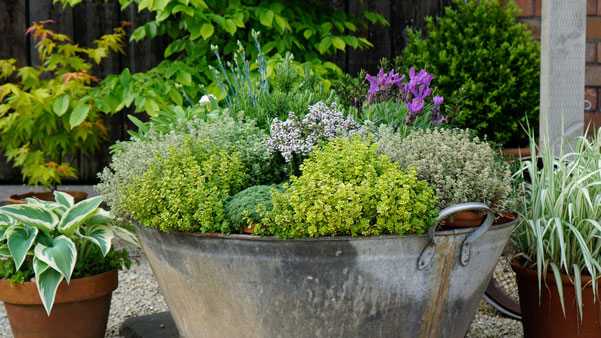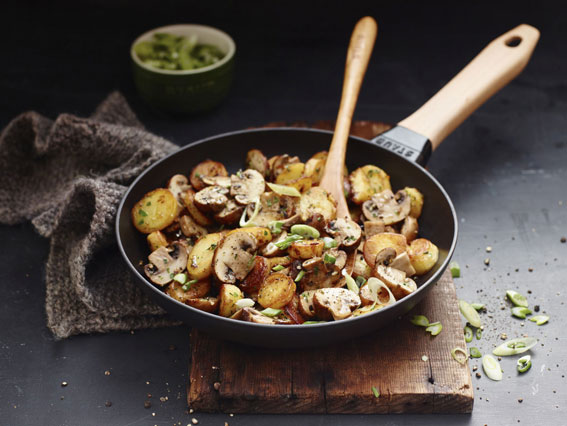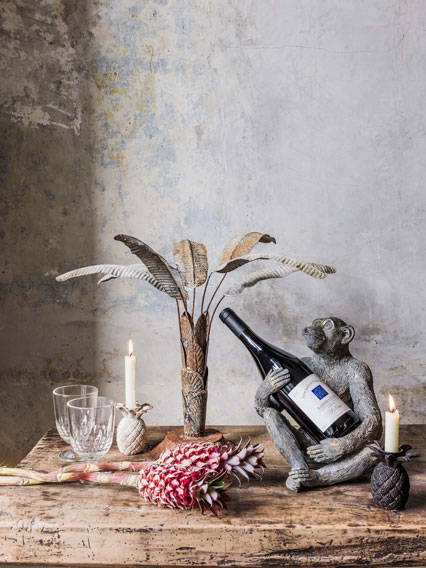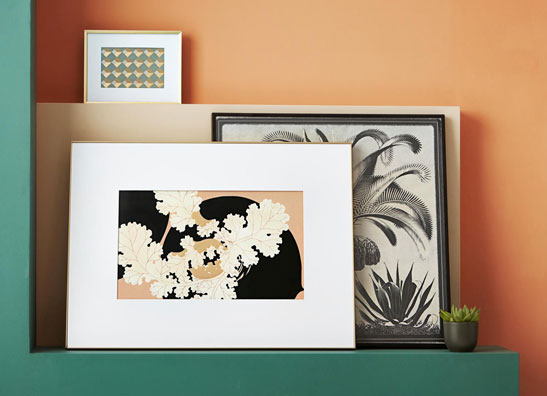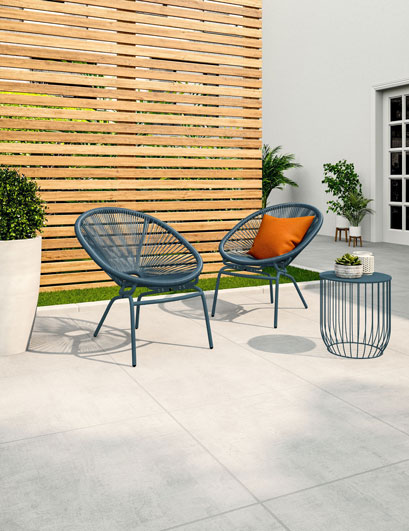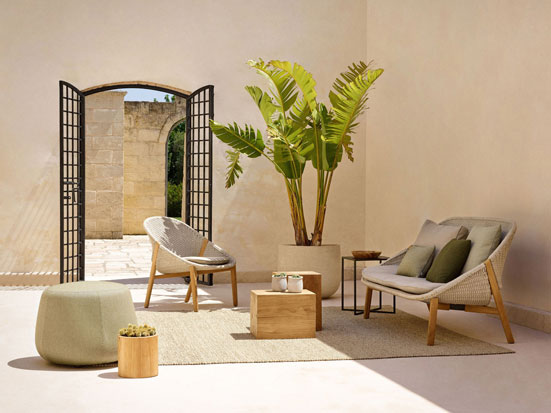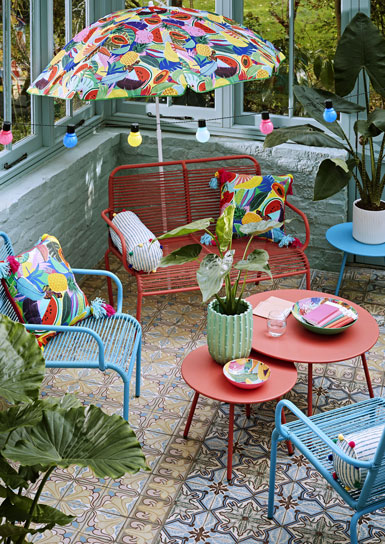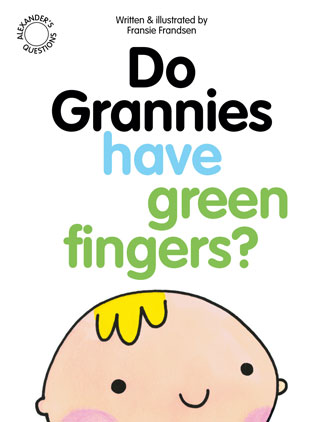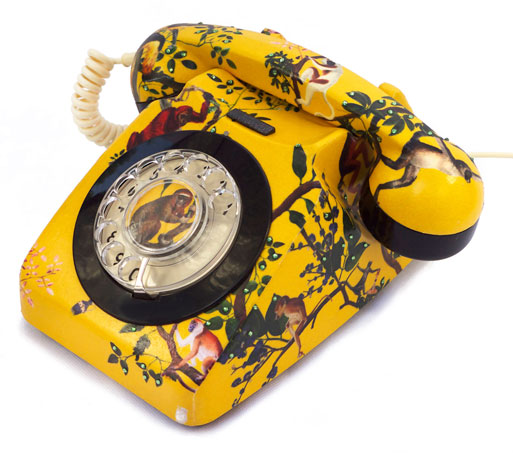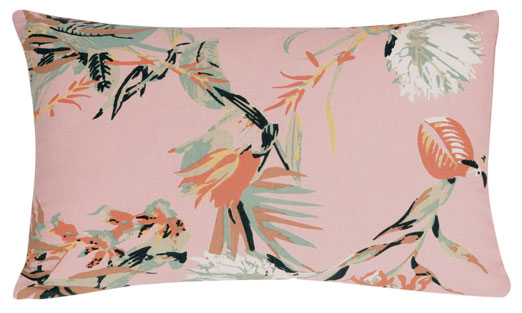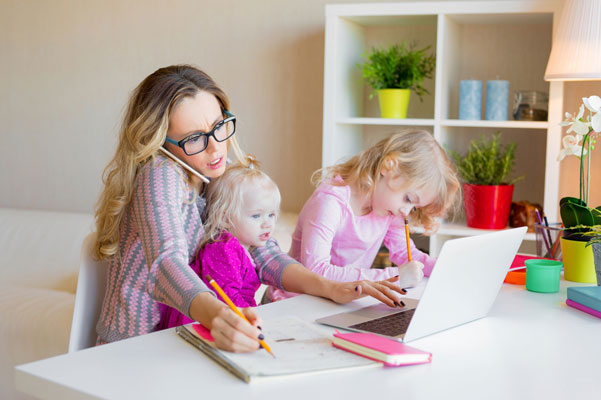These sugary shades are made for quick decor updates, says Sam Wylie-Harris.
Keen to give your home a summer refresh? An easy – and soul-soothing – route to bright and breezy decor updates are pretty pastels and sorbet shades.
Not only do they add a sweet touch to a space, but they channel good vibes and a carefree spirit that remind us of childhood – but in a chic, contemporary, grown-up way.
It’s easy to pass pastels off as cutesy but there’s a universal charm to these ice cream colours, which can be super sophisticated when used stylishly – and sometimes it only calls for a lick of paint to make the right first impression.

1. Paint your way to an ice cream palette
“Summer is infused in pastel and sorbet shades because they hold memories of sweet-scented flowers, the taste of ice cream, bird song, laughter and the lapping of waves on a sandy shore,” says Marianne Shillingford, creative director of Dulux. “They’re colours that gift a room with these attributes every day, even when its raining, so if you have space in which you need to feel happy and uplifted, try a lick of Peppermint Candy, Pistachio Creme, Berry Whip and Citrus Sorbet.”
For these summer shades (that look good enough to eat) and more inspiration, visit Dulux.co.uk to find your nearest store.
If you’re not sure where to start, Shillingford suggests using pastel shades in rooms where there’s enough light to enjoy them during the day, as they’re harder to appreciate at night under artificial light, and to team them with pure white on the woodwork.
Dulux Copper Blush Matt Emulsion; Tranquil Dawn Silk Emulsion and Citrus Zing (coming soon), £16 each for 2.5L, Wickes
“Adding a delicate colour to the ceiling is one of the best-kept secrets in decorating, and pastels add just enough colour to make a huge difference, but not too much that it overwhelms the space.
“Blues and greens will make a room appear bigger, whilst yellow and pinks will add a touch of warm sunshine and make a room appear more intimate. Try bringing the colour down onto the walls by about 20-30cm and see how amazing it looks too,” says Shillingford.
When it comes to mastering the mix, think fun and fresh, and just enough colour to add a hint without dominating everything you already have in the room.
The other great thing about ice cream shades is they’re versatile enough to be used in a sophisticated way. After all, who doesn’t adore a champagne sorbet?
“If you add a little grey to a pastel it becomes very swank indeed, so consider shades like Pink Parchment, Milled Flour, Borrowed Blue or Beach Grass. Once you’ve chosen your favourite, paint the walls, ceiling and woodwork in the same colour,” suggests Shillingford.

2. Step into the look with pastel rugs
“Colour blocking with pastels never goes out of fashion. Just the whole combination of pastel pink, mint green and baby blue works so well, especially teamed with grey and neutral tones,” says Daniel Prendergast, design director and founder at The Rug Seller. “A more ‘graphic’ style works well with the sugary tones to give the design an edge.
“There’s something very ‘fresh’ about pastel shades, especially mint green. Designers at Accessorize Home have teamed their signature style with pretty pastels within its range of rugs – combining powder pink, mint green and baby blue for a look that’s contemporary with a nod to bohemian style.”
Light Mellow Rug by Accessorize, from £125, The Rug Seller (therugseller.co.uk)
“Soft textures work so well in pastel colours too,” Prendergast adds. “Shaggy rugs and faux fur rugs look great in pink, mauve, blue and mint – they make you just want to snuggle into them!”
Anja Faux Fur Helsinki Rug in Teal Blue – 60x90cm, £29.99, The Rug Seller (therugseller.co.uk)

3. Brighten your outlook with sorbet shutters
When it comes to creating a calm and idyllic work space at home – after all, we all need a bit of extra inspiration right now – window dressings can make all the difference to your wellbeing and outlook.
“Sorbet-coloured shutters make a great alternative to a feature wall in a home office. Colours such as soft blue, orange and pink are ideal for boosting creativity and making an office a welcoming environment to work in,” says Chrissie Harper, customer experience manager at California Shutters. “Use a matching paint colour on the surrounding walls or add a statement wallpaper to make a real impact.”
Shutters from £168 per square metre, California Shutters (californiashutters.co.uk)
However, Harper says it’s important to carefully consider which colours to choose for your shutters as, unlike walls or decorative accessories, you’ll likely be keeping them in situ for a longer period of time. And if you have a clear vision of how you want your room to look, choosing a pastel shade could really lift your scheme.

4. Shine a light on the look with lampshades
Well-chosen lighting can really make a space – and a pop of pastel can be especially effective. Picking a sorbet lampshade will illuminate a scheme and add warmth even when it’s not switched on – think of it as the A-list lollipop of lighting.
Hadfield Floor Lamp with Lime Green shade, £495, Christopher Wray (christopherwray.com)

5. Serve a subtle shade at the table
It doesn’t take much to refresh tired garden furniture, like breathing new life into a dining set with a splash of paint. M&L Paints Alitex Collection offers 15 colours inspired by greenhouses. Suitable for exterior use, they can transform practically anything from urns to gnomes. We love their subtle Wood Sage 137, which perfectly complements sprays of wild flowers and bulbs.
Wood Sage 137 from the Alitex Collection, from £5 to £100 depending on size and finish, M&L Paints (alitex.co.uk).










